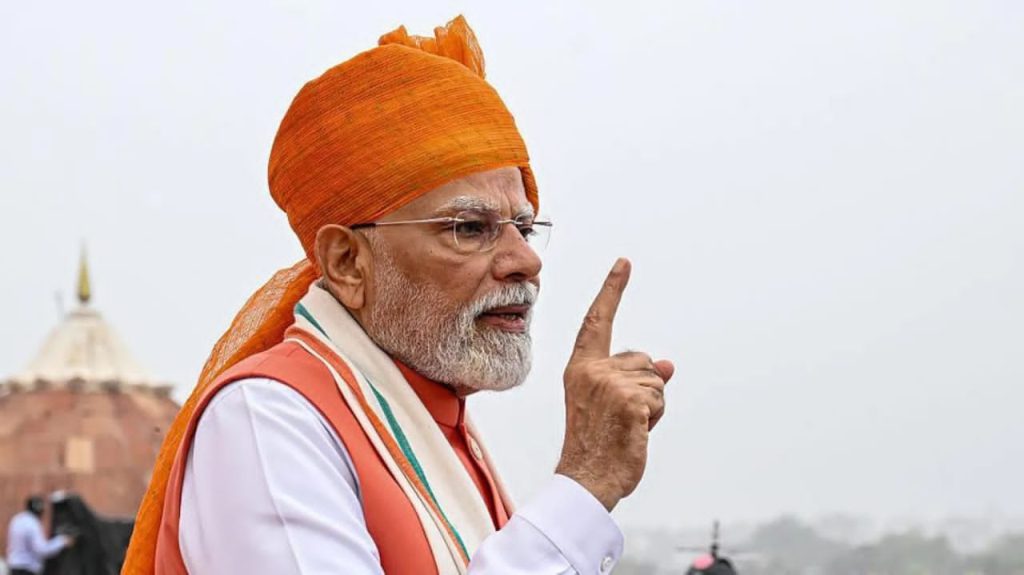By Eniola Amadu
India is grappling with 50% tariffs imposed by U.S. President Donald Trump, just weeks after he signed an executive order introducing a 25% penalty over New Delhi’s continued purchases of Russian oil and weapons.
The move places India — one of Washington’s closest Indo-Pacific partners — among the countries facing the highest tariffs globally.
READ ALSO: Trump signs order to prosecute flag burners
The measures are expected to hit India’s export-driven economy hard, threatening millions of jobs in industries such as textiles, diamonds, and seafood, which rely heavily on U.S. consumers.
In response, the Indian government has gone into what many describe as “firefighting mode.”
Prime Minister Narendra Modi has pledged sweeping tax cuts to cushion the shock, presenting them as a “Diwali gift” for citizens and small businesses that drive Asia’s third-largest economy.
Speaking from the ramparts of Delhi’s historic Red Fort during Independence Day celebrations, Modi urged Indians to embrace self-reliance.
“We should become self-reliant — not out of desperation, but out of pride,” he declared.
“Economic selfishness is on the rise globally, and we must not sit and cry about our difficulties. We must rise above them and refuse to let others hold us in their clutches.”
As part of his push for the “Make in India” agenda, Modi appealed to shop owners to display signs reading Swadeshi— meaning “Made in India” — to encourage local production and spending.
Yet, despite years of subsidies and incentives, manufacturing still accounts for only about 15% of India’s GDP.
READ ALSO: Trump signs order to prosecute flag burners
To offset the impact of Trump’s tariffs, the government is now preparing major reforms to the goods and services tax (GST), aimed at reducing and simplifying rates.
This follows a $12 billion income tax relief package announced earlier in the year, underscoring Modi’s strategy to put more money in consumers’ hands and keep the economy afloat amid escalating trade tensions.



